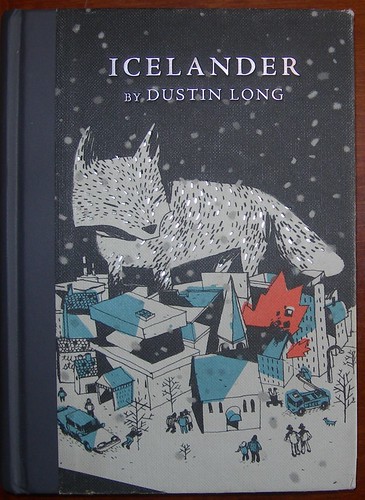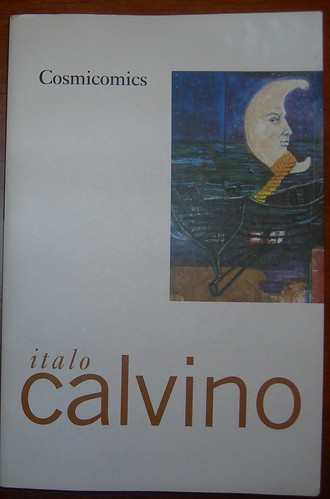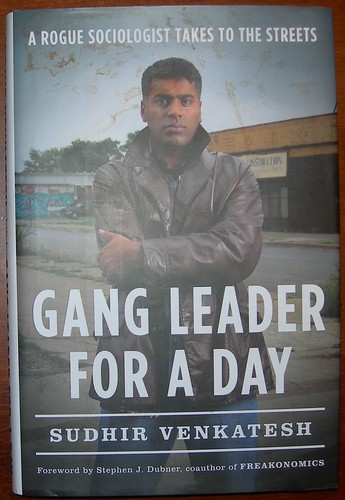249pp
3/16-4/12
This was a re-read, I guess intended to remind me what I most enjoy about McSweeney's Rectangulars. Back in 2006 when this book came out, I recommended it pretty heavily. It's damned enjoyable, and smart, too. Rereading it, I was pleased to find that it exceeded my recollection. I'd forgotten just how thematically rich the book is, especially to be such a fun book to read.
The book's "fun" comes largely from its setting in the world of Young Adult literature: "Our Heroine," as she's called throughout the book, grew up as the daughter of Emily Bean, who, with her family, solved forgery-related mysteries around the world, and whose adventures were the subject of a series of Young Adult novels with names like "The Greenland Gravestone Robberies." And the author of those books is modeled after Vladimir Nabokov. And the Nabokov-figure is revealed to have been the Bean Family's master-of-disguise archnemesis.
Also, there's a "lost" version of Hamlet, Norse mythology, an uncannily smart canine sidekick, footnotes, a society of subterranean Scandinavian ninjas, and a murder involving a house that doubles as a piece of experimental fiction.
So when I picked up the book a couple of years after my first reading it, remembering it for its zanier flourishes, I didn't expect much in the way of literary merit. I was surprised to rediscover a network of themes and associations holding it all together, such that all of the book's crazy parts are significant.

I heard a while ago that Dustin Long was working on something set in the 18th Century. I can't wait for that to come out.



